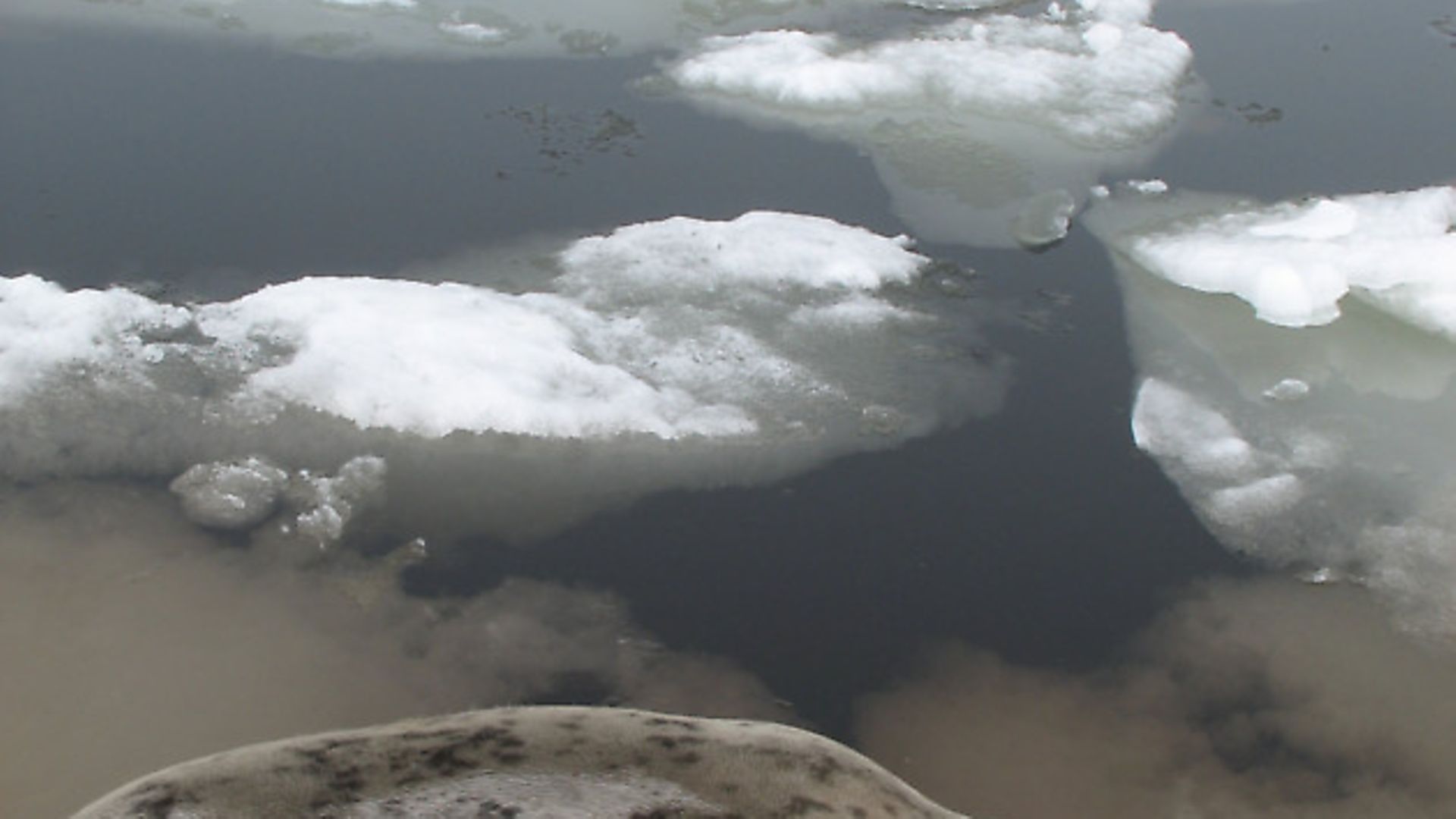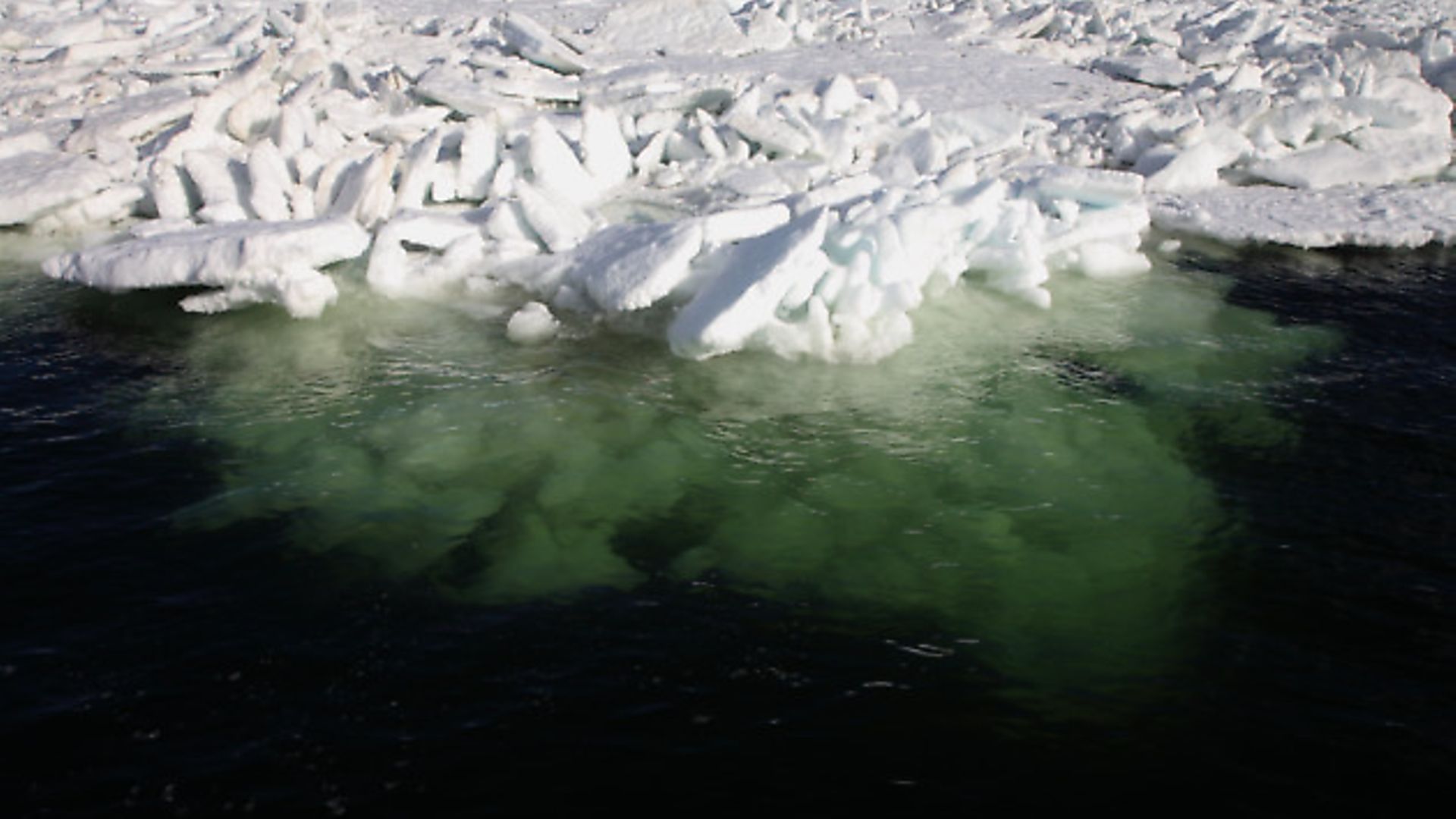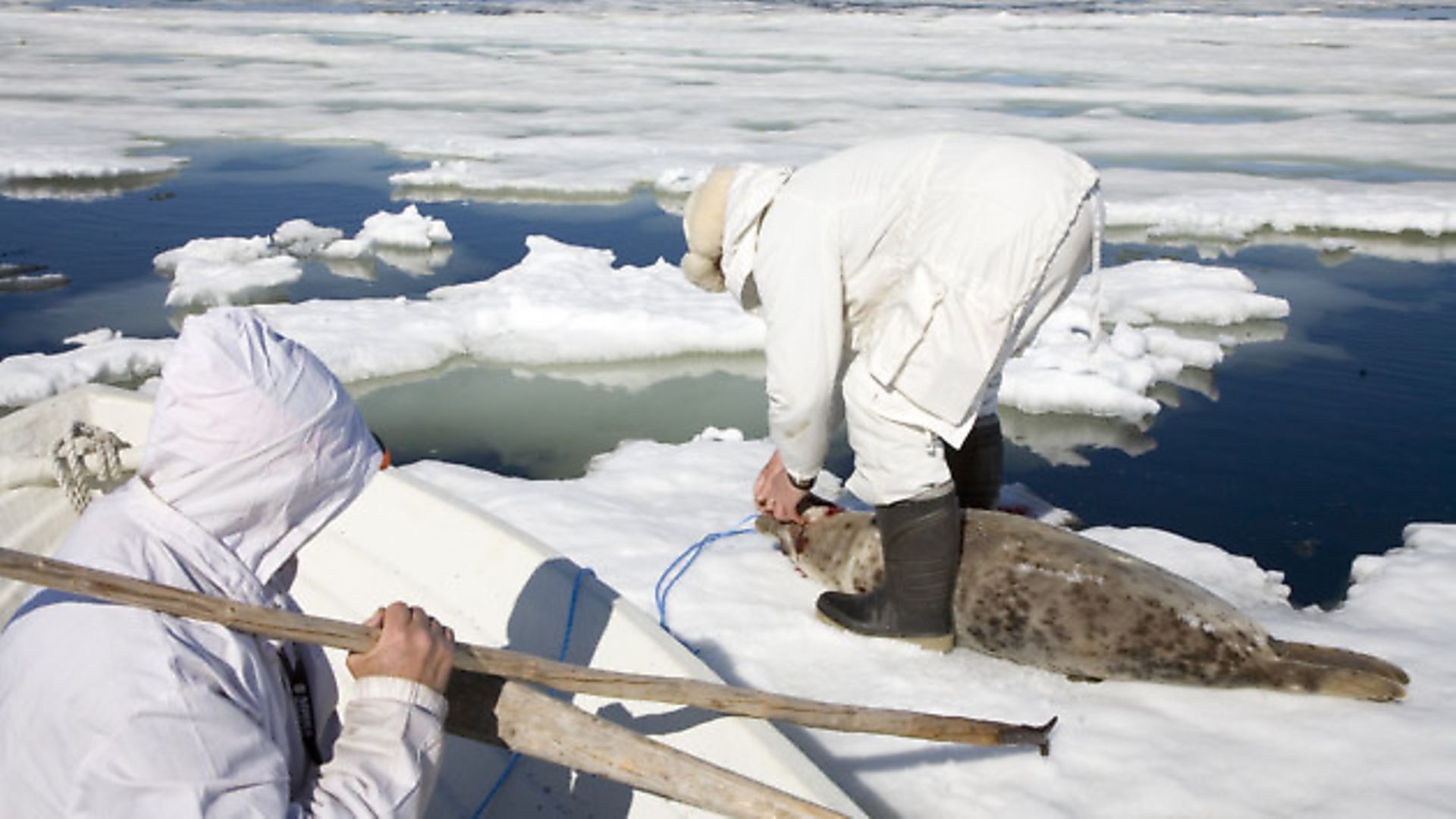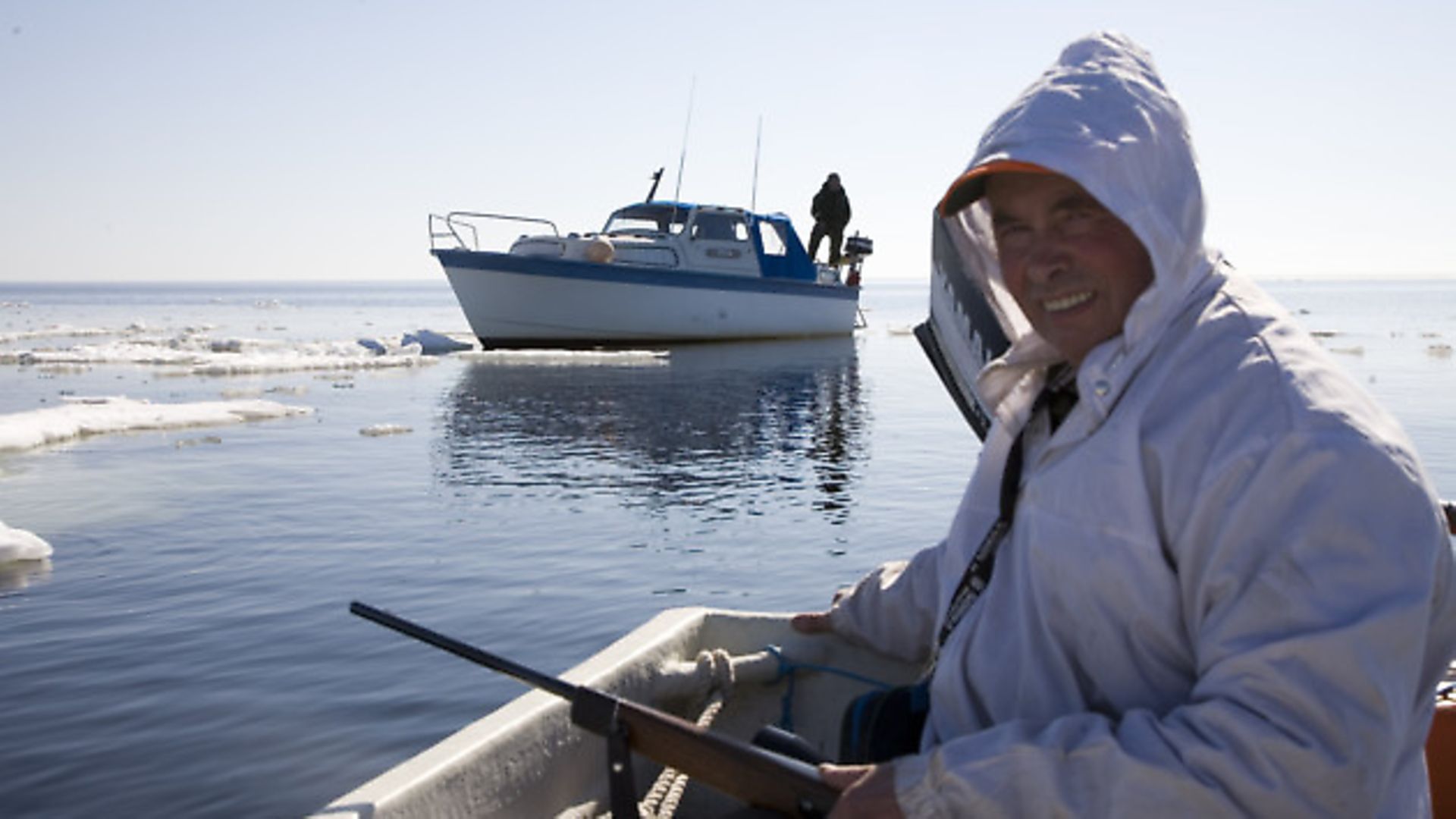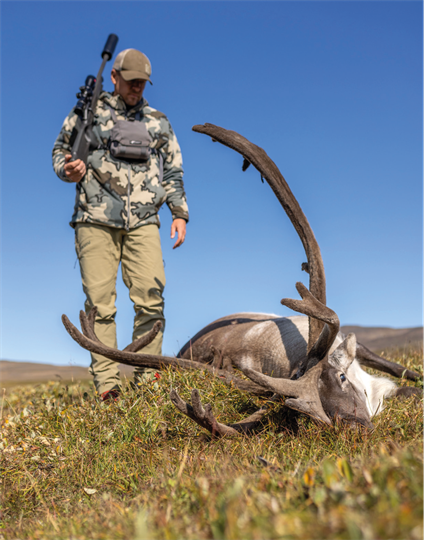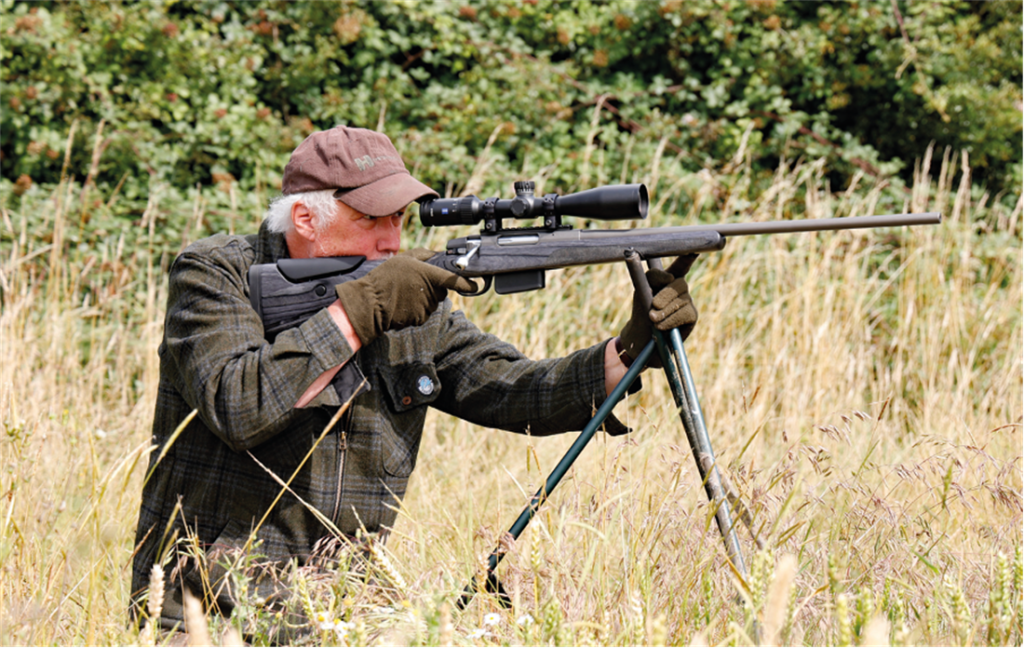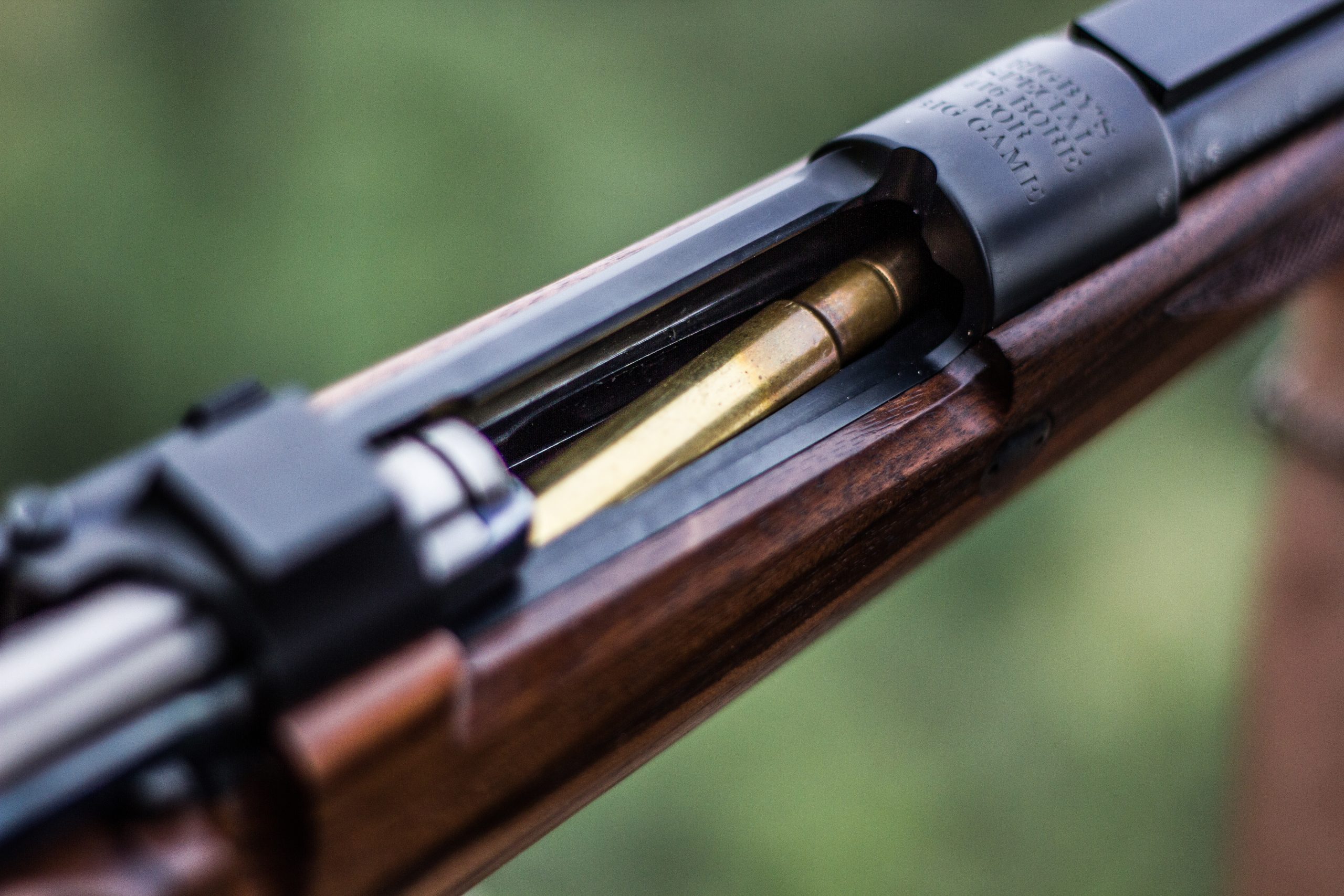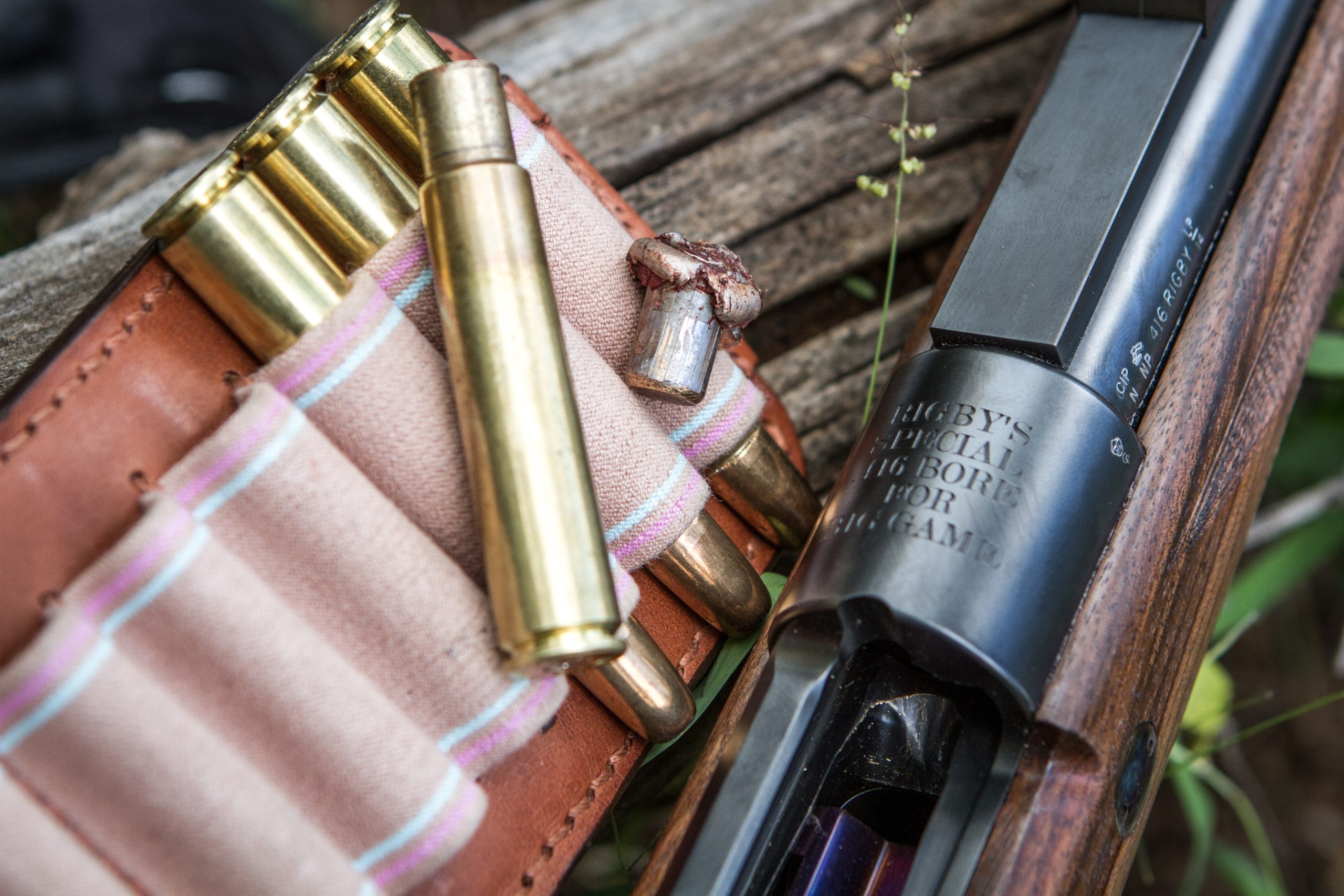Ulf Lindroth hunts grey seal – Bay of Bothnia, Sweden/Finland
Ulf Lindroth travels to the icy stretch of sea between Sweden and Finland to hunt baltic grey seal… credit: Archant In May, the drifting remains of sea ice forms a world of its own in the Bay of Bothnia, between Sweden and Finland. It’s a landscape of sea, ice and sharp sunlight – nothing but
Would you like to appear on our site? We offer sponsored articles and advertising to put you in front of our readers. Find out more.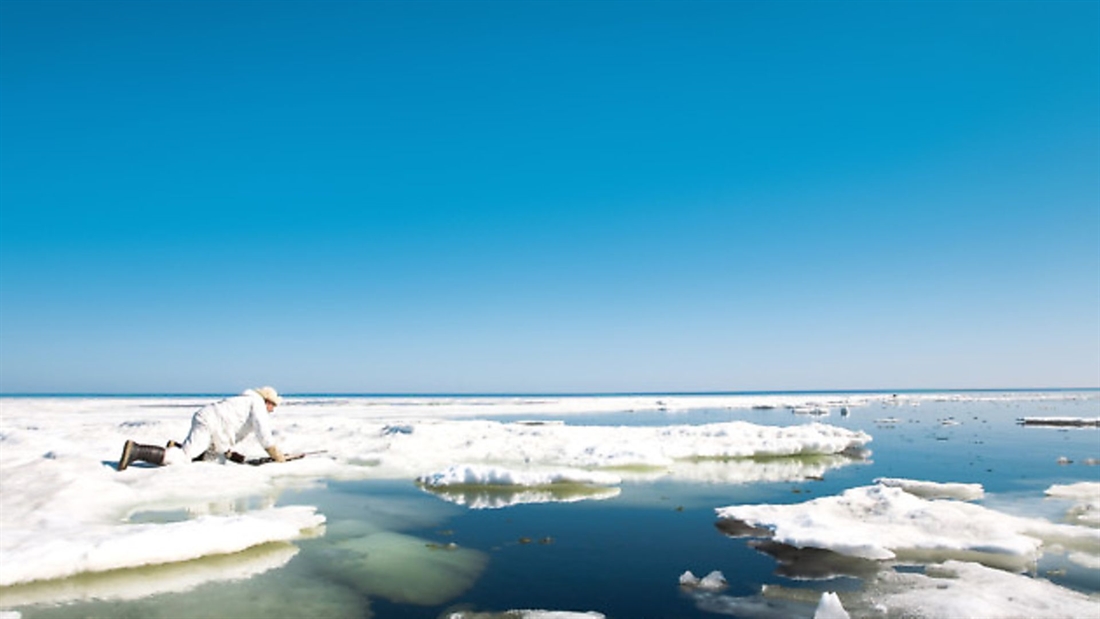
Ulf Lindroth travels to the icy stretch of sea between Sweden and Finland to hunt baltic grey seal…
In May, the drifting remains of sea ice forms a world of its own in the Bay of Bothnia, between Sweden and Finland. It’s a landscape of sea, ice and sharp sunlight – nothing but white and blue. And grey seals.
Baltic seals have been hunted through the millenia. As a consequence, the survivors and their offspring have little in common with the naive-looking seal cubs in the generic ads that Greenpeace use to make fools part with their money.
These seals won’t wait around for men with clubs. As a matter of fact, they usually won’t let you anywhere near them. And only a head shot will secure them. Today, seal hunting in the Baltic drift ice often requires rifle work at its finest.
A bright May sun is proving helpless against the chill of an easterly sea breeze. Roland Marklund is wearing a heavy jacket as he walks the trail from his cabin with a printout of the latest ice chart for the Bay of Bothnia.
The ice charts are a service aimed at the shipping on northern harbours, but they are also popular with seal hunters. If you find the right ice, you find the seals.
Roland knows this well. He also knows most other things about seals and seal hunting. He grew up on this coast, part-time farmer, part-time fisherman. Once upon a time his father bought their farm with money earned on long seal hunts in the ice.
They are long and tough hunts. One of Roland’s uncles went through the ice on one of them; his body was never retrieved, but his rifle lay on the ice next to where he dissapeared. The three remaining brothers later sold the rifle to some Finnish hunters they met over the following weeks of hunting. They only returned ashore with the sad news when the last ice was gone.
It is time
Such stories never did affect young Roland’s enthusiasm for seal hunting. On the contrary. And even if his hair is thin and greying now, he is grinning as he walks. It’s a hungry grin. It is spring, the time to get the boats in order and sharpen the knives. It is time to go to sea…
“It’s looking good,” Roland says as he finds his hunting companions readying a boat down by a small quay.
He is soon bent over the chart, together with Eric Lindroth, son of a lighthouse master and a former naval officer, and Kjell Wilund, part-time fisherman and part-time pilot. They are all in their 60s – experienced hunters, but one generation too young to have made any money in the seal ice. But they still grew up with the stories and with the seals, and they are as eager as boys now.
The old hunters have been holding daily conferences on the topic of weather and ice for some time. The ice sheet on the Bothnic Bay broke in late April, but the best part of the seal season is in May, as the remaining ice shrinks. That ice is drifting between Sweden and Finland at the mercy of winds and currents. Roland’s chart and the forecast suggests the ice is drifting over to the Swedish side on an easterly wind. Even better, the wind is dying down.
“We’ll leave at 1am,” Eric says. That should put us near the ice around 9am.
The hunters expect to get a few hours of hunting before starting the return trip. The whole trip will take some 25 to 30 hours.
Stubborn men
If it’s a good hunt, skinning and butchering the seals and rendering the blubber into oil will take another day, or more likely two. In the old days that would have been very profitable work. Today, the EU has banned the sale of seal products in an attempt to stop Canadians turning oversized seal populations into something useful.The old hunters still go. The skins and oil are still good, even if not marketable. It takes more than a lack of profit to make stubborn men, especially retired ones, come away from the ice in May.
Some hours later a marine diesel throbs steadily as Eric watches the sun climb out of the sea ahead. The dark sea starts to glitter in no time, but it is still early, and the drift ice is hours away.
Roland is sleeping in one of the bunks. As Kjell comes up from the galley with mugs of coffee, the windows steam up. It is bitterly cold.
“I didn’t manage to find out what was wrong with the heater before we launched her this spring,” Eric says, “but in a few hours the sun will warm us.”
That last part may be a joke. Anyway, Kjell chuckles. They both find a touch of misery amusing. Whatever happens, they’ve had worse. And they know this will be a fine day.
The calculations are good. At about 8.30am Kjell spots a light distorsion on the horizon. It turns into a white belt, then into individual ice floes.
The first ice is no good. The smallest floes have drifted fastest with the wind and are furthest west. But eastwards the ice changes character. The pieces get larger and closer together.
The first ice plain is a kilometre across. It is dotted with ring seals, which maintain breathing holes and live in unbroken ice all winter. They still stay true to their holes as the ice starts drifting. But these seals are not open to hunting; only grey seals are legal.
Further east
Grey seals prefer more broken ice. Ice which has been pressed into multiple layers can be several metres thick, with most of it under water. In such ice, our chances will be best.
Eric takes the boat further east. Binoculars are constantly at work. There’s always a lookout on top of the roof. And it’s not long before the ice changes character again.
The first grey seal slips off the ice far ahead of the boat. The second one is already in the water, untouchable. But almost an hour later, there’s a single seal resting on a large ice floe, perhaps a kilometre away.
Kjell is the designated shooter, so Eric stops the large boat and waits for Kjell and Roland to don the white snow coveralls, and untie the smaller boat held in tow.The plan is to row quietly to the edge of the ice floe. Roland will then hold the boat while Kjell stalks across the ice.
The soft wind is blowing from the seal towards the hunters and will pose no problem. The sight and hearing of a seal are good, but not excellent. If Roland rows quietly, the hunters should be okay. The sight of the small boat at a distance may or may not scare the seal, but that’s a risk they must take.
They get away with crossing the water. As Roland drops Kjell off for the stalk, the seal is still in place. It has lifted its head a couple of times, but it has relaxed and gone back to rest every time.
The stalk
As Kjell starts his crawl across the ice, Roland backs the boat a few metres out from the ice. Whispering, he tells a story of hunters who got stranded on an ice floe when a piece of ice broke off several metres underwater and came crashing up through the bottom of their boat. Roland then proceeds to criticise that Kjell didn’t tie a rope with a float to his rifle. If he goes through the ice now, his rifle is likely to be lost. But eventually Roland goes quiet, and focuses on the last part of Kjell’s stalk.
Kjell crawls up to a small ridge on the ice. He is some 150m from the seal, which is starting to look nervous. It frequently lifts its head and tries to raise it to get a better view. That, however, is too late.
We can distinctly hear the impact of Kjell’s .30-06. The seal drops its head on the ice and is still.
Roland nods. He and Kjell tend to disagree on most things, but this stalk was well performed, and as Kjell walks back across the ice to the boat there are smiles all around.
It takes less work than usual to get through to the seal. There are only a few smaller ice floes in the way. Soon the hunters can retrieve a small female grey seal.
“Through the head,” Kjell says as he inspects his seal.
“A little low,” says Roland.
They will go on, but for now there is peace. Eric brings in the larger boat, the seal is tied alongside, and the hunters move on. By now the sun really is warm. The ice is almost painfully white and the water glitters intensely. The hunt has just begun, and the hunters have found the right ice. The place to be in May, for old men and seals.
Related articles
AN ICELANDIC SAGA
Ulf Lindroth travels to the icy stretch of sea between Sweden and Finland to hunt baltic grey seal… credit: Archant In May, the drifting remains of sea ice forms a world of its own in the Bay of...
By Time Well Spent
AFFORDABLE INNOVATION
Ulf Lindroth travels to the icy stretch of sea between Sweden and Finland to hunt baltic grey seal… credit: Archant In May, the drifting remains of sea ice forms a world of its own in the Bay of...
By Time Well Spent
Get the latest news delivered direct to your door
Subscribe to Rifle Shooter
Elevate your shooting experience with a subscription to Rifle Shooter magazine, the UK’s premier publication for dedicated rifle enthusiasts.
Whether you’re a seasoned shot or new to the sport, Rifle Shooter delivers expert insights, in-depth gear reviews and invaluable techniques to enhance your skills. Each bi-monthly issue brings you the latest in deer stalking, foxing, long-range shooting, and international hunting adventures, all crafted by leading experts from Britain and around the world.
By subscribing, you’ll not only save on the retail price but also gain exclusive access to £2 million Public Liability Insurance, covering recreational and professional use of shotguns, rifles, and airguns.
Don’t miss out on the opportunity to join a community of passionate shooters and stay at the forefront of rifle technology and technique.



